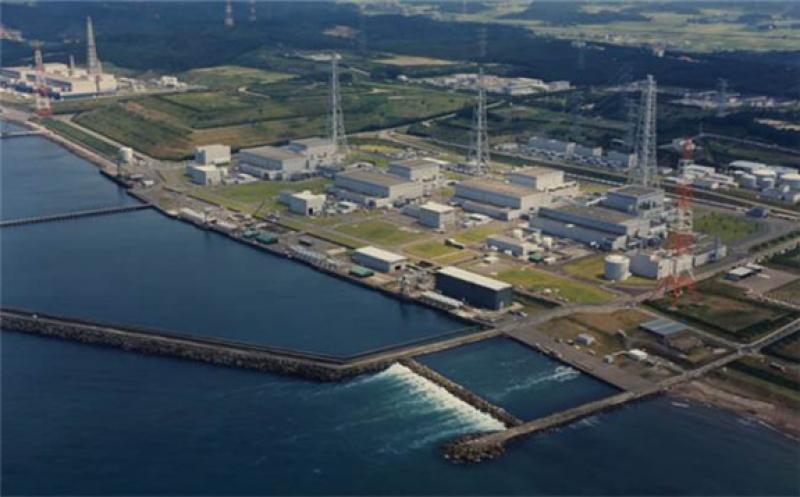The Kashiwazaki-Kariwa nuclear power plant in Japan's Niigata Prefecture will not be restarted until fiscal 2022 (ending March 2023) at the earliest, Tokyo Electric Power Company (Tepco) said in a revised business plan. The company submitted the plan yesterday to the government for approval. Tepco is awaiting regulatory approval to restart units 6 and 7 at the plant.

In April this year, Japan's Nuclear Regulation Authority (NRA) issued an administrative order to Tepco preventing it from transporting nuclear fuel stored at the Kashiwazaki-Kariwa plant or loading it into reactors. The order - issued in response to a series of security breaches at the site - delayed Tepco's planned restart of unit 7 at the plant.
Although it has completed work at the other idled units at Kashiwazaki-Kariwa, Tepco is concentrating its resources on units 6 and 7 while it deals with the clean-up at Fukushima Daiichi. Restarting those two units - which have been offline for periodic inspections since March 2012 and August 2011, respectively - would increase the company's earnings by an estimated JPY100 billion (USD916 million) per year.
Tepco applied for NRA approval of its design and construction plan for Kashiwazaki-Kariwa units 6 and 7 in September 2013. It submitted information on safety upgrades across the site and at those two units. These 1356 MWe Advanced Boiling Water Reactors began commercial operation in 1996 and 1997 and were the first Japanese boiling water reactors to be put forward for restart.
Kashiwazaki-Kariwa was unaffected by the March 2011 earthquake and tsunami, which damaged Tepco's Fukushima Daiichi plant, although the plant's reactors were previously all offline for two to three years following the 2007 Niigata-Chuetsu earthquake, which caused damage to the site but did not damage the reactors themselves. While the units were offline, work was carried out to improve the plant's earthquake resistance.
Other objectives
Tepco's revised business plan also says the company will aim to resume construction of the Higashidori nuclear power plant - comprising two 1385 MWe Advanced Boiling Water Reactors - in Aomori prefecture. Following the March 2011 accident at the Fukushima Daiichi plant, the start of construction of unit 1 of the plant was deferred from the original April 2011 date.
Tepco said it will also further promote the use of mixed oxide (MOX) fuel. Working with other members of the Federation of Electric Power Companies, it will develop a new MOX plan for 2030, with at least 12 reactors using the fuel by 2030.
The revised plan features up to JPY3 trillion in new investments up to fiscal 2030 to develop renewable energy sources toward the goal of achieving decarbonisation.